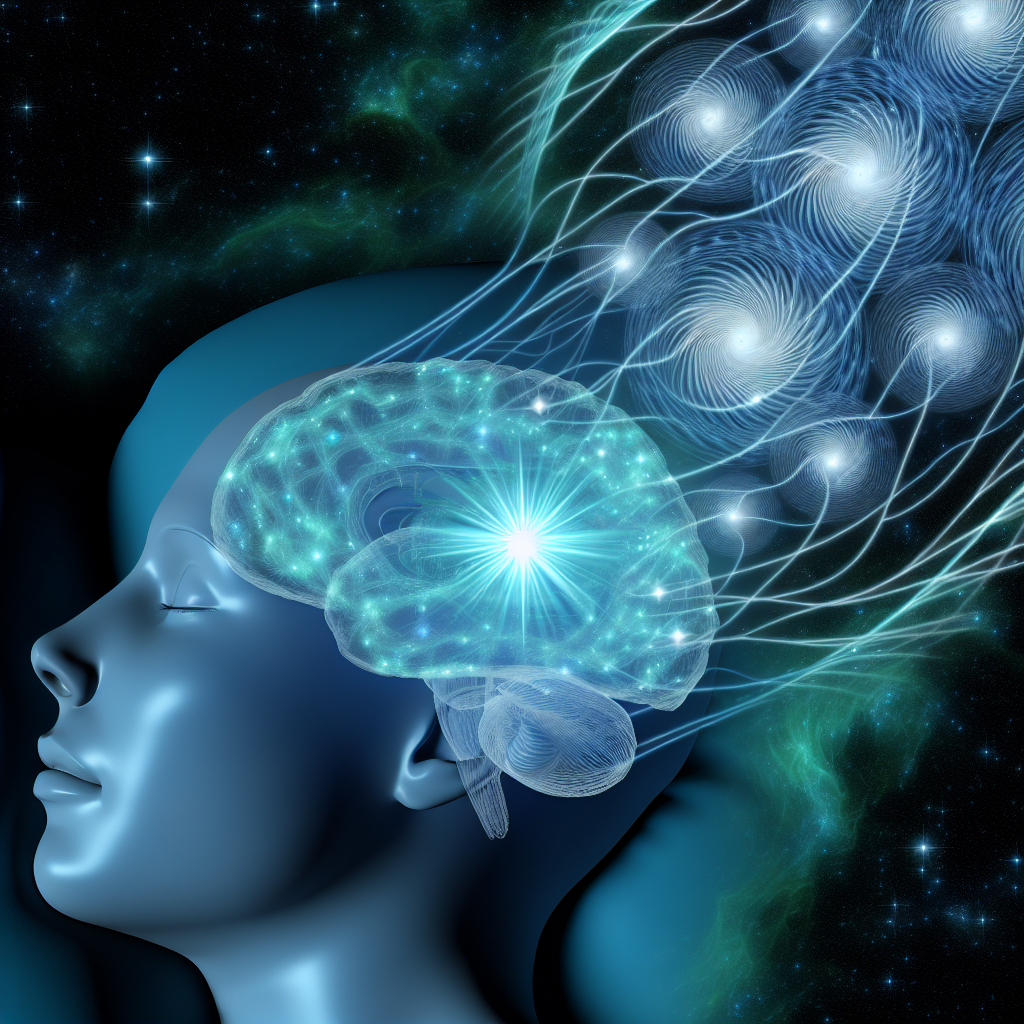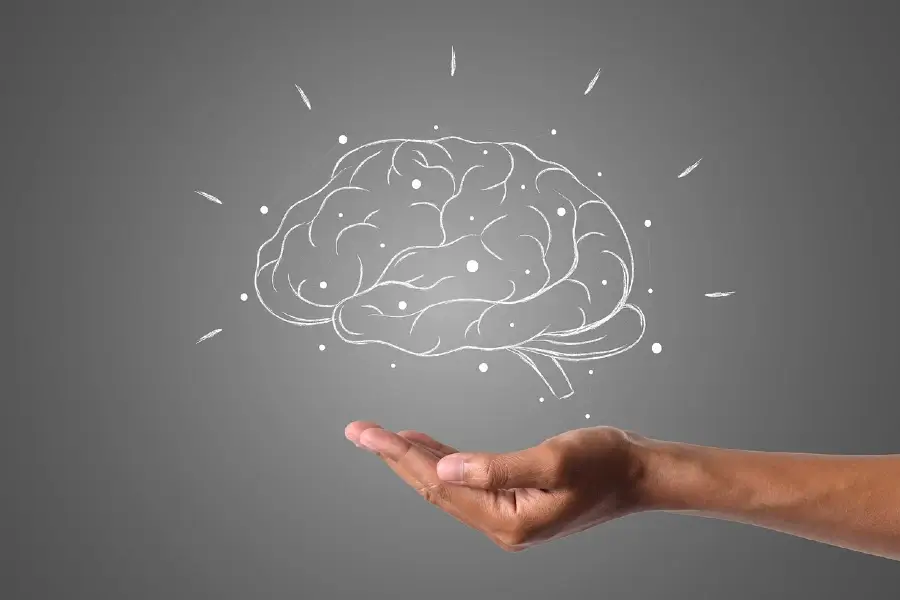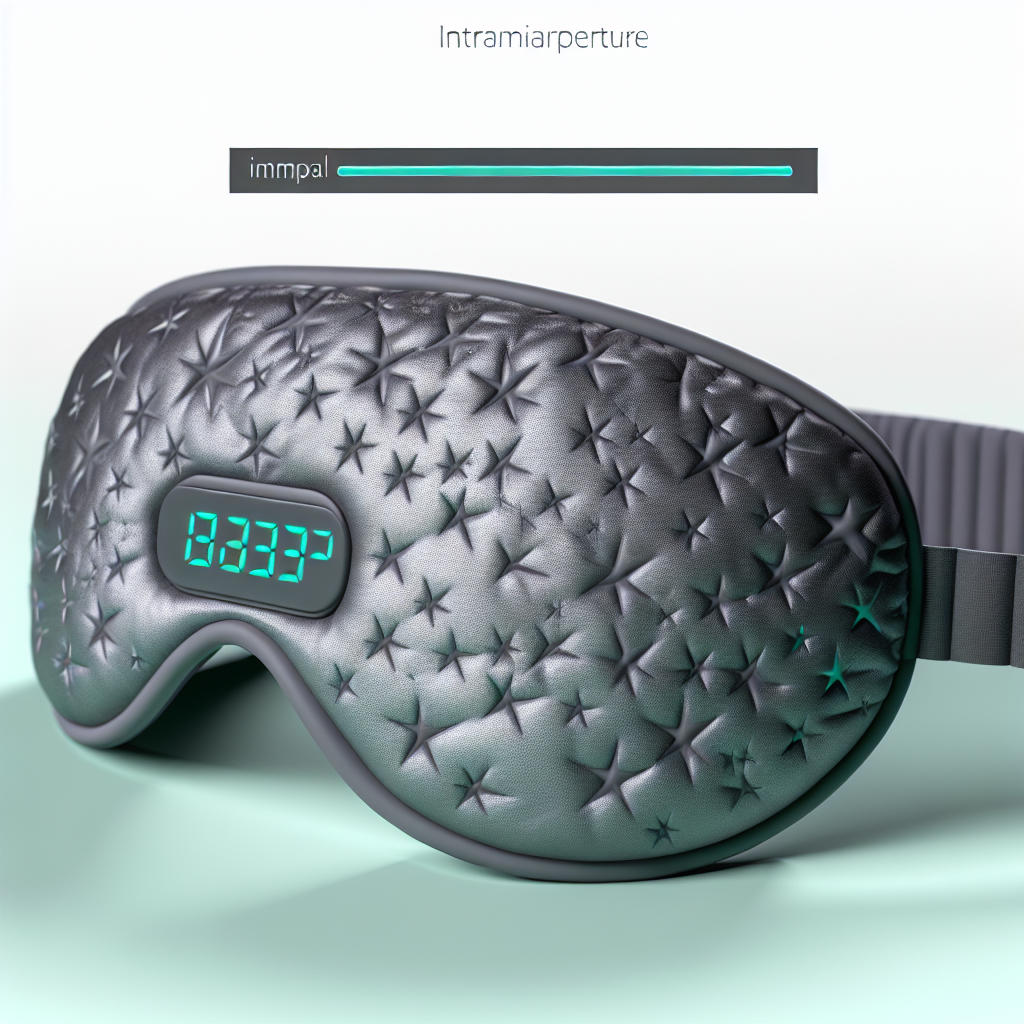Accelerated Sleep Spindles: Cognitive Enhancement Through Neural Oscillation Manipulation
Sleep spindles are brief bursts of brain activity during non-REM sleep that play a crucial role in memory consolidation, sensory processing, and synaptic plasticity. Emerging research suggests that enhancing sleep spindle activity through techniques like auditory stimulation, transcranial electrical stimulation, and pharmacological agents can lead to improved cognitive performance, learning, and mental health across all age groups.
Unlocking the Brain’s Hidden Potential During Sleep
Studies have demonstrated a strong link between sleep spindle density and learning capacity. Subjects who exhibited denser sleep spindle activity following learning tasks retained more information and performed better in subsequent memory evaluations.
Electrifying the Mind: tACS and Spindle Enhancement
Transcranial alternating current stimulation (tACS) has been shown to increase the presence of sleep spindles and improve memory retention in healthy adults, suggesting that enhancing spindle activity is achievable through non-invasive technologies.
Childhood Brain Development and Spindle Activity
In children, increased spindle activity has been linked to accelerated development in cognitive tasks such as language comprehension and spatial reasoning, highlighting the importance of fostering healthy spindle activity during critical stages of brain maturation.
Pharmaceutical Spindle Boosting: Promise and Precaution
Certain pharmacological agents, such as benzodiazepines, have been found to increase the frequency and amplitude of sleep spindles, potentially improving cognitive functions through medically managed spindle modulation, though their use requires careful regulation.
Sound Sleep: Closed-Loop Auditory Stimulation for Spindle Enhancement
Closed-loop auditory stimulation, which delivers precisely timed auditory tones aligned with brainwave activity, has been shown to increase spindle density and enhance overnight memory consolidation in both young and elderly populations, making it a promising, safe, and scalable intervention for cognitive enhancement.
In conclusion, the emerging significance of sleep spindles offers new possibilities for brain health and cognitive enhancement across the human lifespan. The advancements in manipulating sleep spindle activity through various techniques represent cutting-edge tools to fine-tune the brain without altering daytime functionality, with the potential to support learning, memory, neurodevelopment, and cognitive aging.
References
1. Mednick, S. et al. (2013). “Sleep spindles and learning: What’s the connection?” Trends in Cognitive Sciences. Read the full study
2. Lustenberger, C. et al. (2016). “Feedback-controlled transcranial alternating current stimulation reveals resonant frequencies of sleep spindles in the human cortex.” Frontiers in Human Neuroscience. Read the full study
3. Geiger, A. et al. (2018). “Sleep spindles signal neural plasticity and repeated learning progress in children.” Nature Communications. Read the full study
4. Borbély, A. A., & Achermann, P. (1985). “Sleep spindle and EEG spectral power: Effects of benzodiazepines.” Electroencephalography and Clinical Neurophysiology. Read the full study
5. Ngo, H. V. et al. (2020). “Auditory closed-loop stimulation of the sleep slow oscillation enhances memory.” Cell Reports. Read the full study
Summary:
Sleep spindles are brief bursts of brain activity during non-REM sleep that play a crucial role in memory, learning, and cognitive performance. Emerging research suggests that enhancing sleep spindle activity through techniques like auditory stimulation, transcranial electrical stimulation, and pharmacological agents can lead to improved cognitive functions across all age groups. The advancements in manipulating sleep spindle activity represent cutting-edge tools to fine-tune the brain without altering daytime functionality, with the potential to support learning, memory, neurodevelopment, and cognitive aging.

Dominic E. is a passionate filmmaker navigating the exciting intersection of art and science. By day, he delves into the complexities of the human body as a full-time medical writer, meticulously translating intricate medical concepts into accessible and engaging narratives. By night, he explores the boundless realm of cinematic storytelling, crafting narratives that evoke emotion and challenge perspectives.
Film Student and Full-time Medical Writer for ContentVendor.com




